|
There much to get excited about SpaceX's resupply mission that has just launched a few hours ago. The count down started at T-60. After lift-off, It took 10 minutes to reach the orbit before Falcon9 separates from Dragon. Dragon is expected to reach the ISS on Sunday and NASA is expected a space walk on Sunday too. Dragon is not only taking 2089kg of cargo up to ISS, but it will also be taking 1583kg of cargo back after it's due to stay for 3 weeks. It's going to get busy with 5 CubeSats being launched:
Did I say it's going to get busy? It's not just for the scientist - but you too. Zac from KickSat has been putting out a call/contest to everyone on earth to participate in listening to the sprites signals. A tweet from BIS has just came in saying "@g8fjg has received signal from #KickSat CubeSat from 22KM East of London. Short bursts recorded and another satellite in the same orbit." And for those who would rather watch, NASA is beaming video down, yes, beaming! With OPAL (Optical Payload for Lasercomm Science) on board of the cargo, NASA is expecting to laser beam video to earth. Why laser beam? "OPALS will demonstrate up to 50 megabits per second, and future deep space optical communication systems will provide over one gigabits per second from Mars." - source from NASA. NASA hopes to boost the connection speed by 50 times! And of course, this missions is developing towards a reusable launcher, Falcon9 v.1.1 could show some landing legs on return. A detail of the launch schedule and the content of the cargo is described here and here. Factory might sound like a big word and if you have joined us on our February field trip, you'd realise how office like and friendly the facility that satellite "factory" can be like! On 22nd Feb, we went to visit the Pocket Spacecaft's facility at Bristol. The train was not helping, nor was the flood, but some of us made it for a very educational day! It must be said home of the Pocket Spacecraft is like a tucked away alternative world. To reach Pocket Spacecraft's facility, one would ask direction at the Cinema's entrance by the water side, be directed upstairs through bar and cafe, Finally through a secure corridor of the Pervasive Media Studio and you'll reach the open planned HQ. Michael has presented to us the tips and tricks for getting satellites into space, sharing the greatest detail from his experiences on everything from regulations, details of open sourced space projects, place for souring parts to make your own cubesat, technologies for controlling landing, altitude, propulsion etc, to tools for listening to spacecrafts. And of course the process and the ambition to launching thousands of thin film Pocket Spacecrafts in an affordable way. There's no lack of detail on all topics covered, it's like a week of space symposium compressed into a day! Regulations for spacecraft is actually very intriguing, when it is stationary, in the atmosphere and out of the atmosphere, it is considered as a different kind of instrument and are subject to different regulations! And of course, we need to ensure wherever we go in space, we leave it rather untouched and there's where the Heritage rules and Planetary protection rules comes in. Needless to say different country have different regulations too! And of course, we visited the facility for making spacecraft. Most electronics are printed out over at a FABLAB, in the HQ, we can see:
And that is not yet the end of the day! We then learn how to listen to satellites! Listen? Yes, like tuning on your FM radio, listening to satellite is like tuning into the channel of the satellite (as oppose to BBC R6 for example). But because the signal is much weaker, the antenna and the "radio" have to be a bit more powerful - so we learnt a lot about the different types too.
In our usual style, we continued the Q&A through drinks (and a very nice dinner too, thanks!). Oh, and we had a small brainstorming around interplanetary internet on the train on our way back after dinner. Keep an eye on that space.
On the 28 August 2013, we've had our second event on space: "Getting Going with Space, hands on"! The British Interplanetary Society generously hosted the event. We have the great pleasure of meeting the Chairman of the BIS: Alistair. Alistair has kindly showed us around the library of the BIS just before the talk begin - a reward to all those who arrived early! Open source is a familiar term for those who are used to working in the software industry, but hang on, did we hear "open source space program"? Yes, that's what Alex from SpaceGambit UK spoke about. It's enabled by makerspaces/ hackerspaces x open source hardware x open source software. All these openness helps to advance our curiosity and technology. Open hardware like Arduino is cheap, like 30GBP. The wiring diagram is open to public, so you can make your own if you wish. More importantly because the schematics are open, it makes it easier for people to create an enhanced version, or other breakout boards (think of plug-ins) based on this. And what is an Arduino anyways? As we later hear, "it's like an electronic cellotape", said Laurence, referring to it being something that gets thrown at any problem without putting in a huge investment. 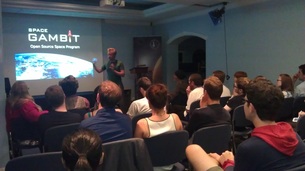 Space Gambit is looking to promote space through in education, challenges (working with NASA - NASA Asteroid Grand Challenge) and funding projects. The project funded by Space Gambit under the space habitat theme included bio-reactors and Mars spacesuit (the glove - we all have to start somewhere). A list of all project funded can be found on their recent announcement: http://www.spacegambit.org/spacegambit-announces-project-funding-for-hackerspace-space-program/ Watch out for future rounds of funding in 2014 from Space Gambit, with each project getting up to $20000. [Slides for this will be uploaded shortly.] Laurence, a physicist working on the software of a Sprite - a spacecraft from the KickSAT project - has convinced us on citizen contribution to a space project. Writing code for Arduino in SPAAAAAACE! An amazing retrospective on the KickSAT project. He also covered the the topic of small satellites and how it helped us to kick start the personal space age. The slides can be found here: http://prezi.com/tmzdf0zawh-d/kickstarting-the-personal-space-revolution/?utm_campaign=share&utm_medium=copy 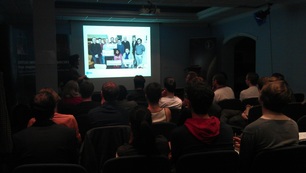 Laurence introducing the dev team behind the BIS backed KickSAT Sprites. The British Interplanetary Society has backed a fleet of Sprites of the KickSAT project and Laurence has been working on the software of this fleet. He showed us the code that would be loaded onto the spacecraft on one page, all written in the familiar Arduino IDE (Energia). We've completely packed the house at the British Interplanetary Society. We've also occupied the entire length of tables right in front of the bar (if anyone has got a photo of that to share, send it over)!
Alex spoke about putting the inventor back to Citizen Inventor! We hope you are now really convinced to go ahead and get hands on - start a project, contribute ideas, update our wiki with useful resources: http://citizeninventor.wikia.com/wiki/CitizenInventor_Wiki, share your project http://www.citizeninventor.com/submit-to-showcase.html, tweet to us.... the list goes on! |
SubscribeCategories
All
Archives
December 2016
|

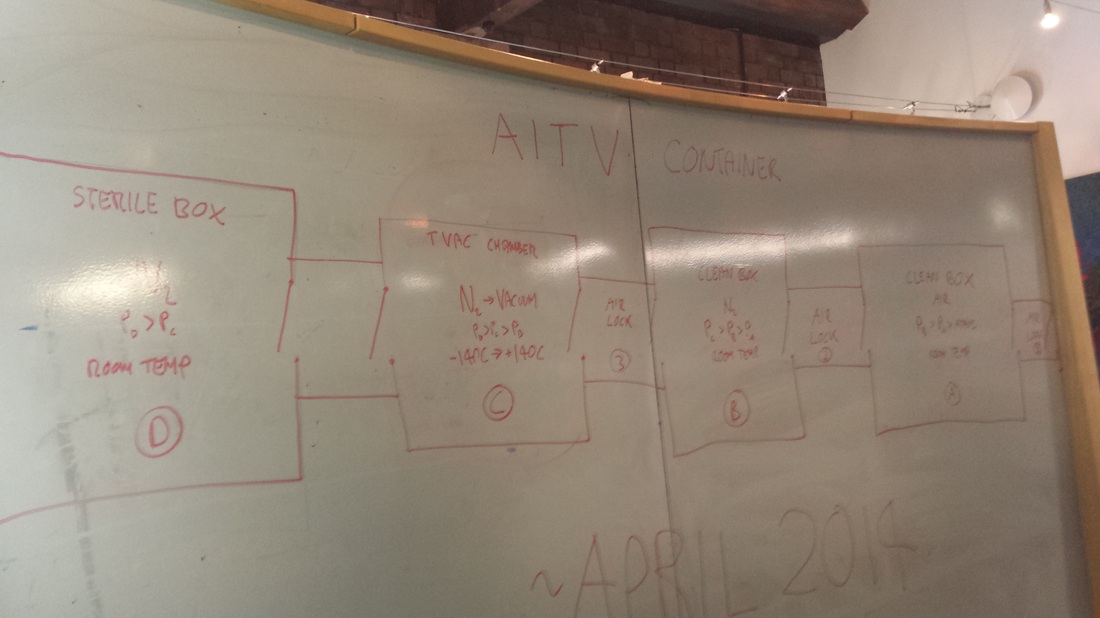
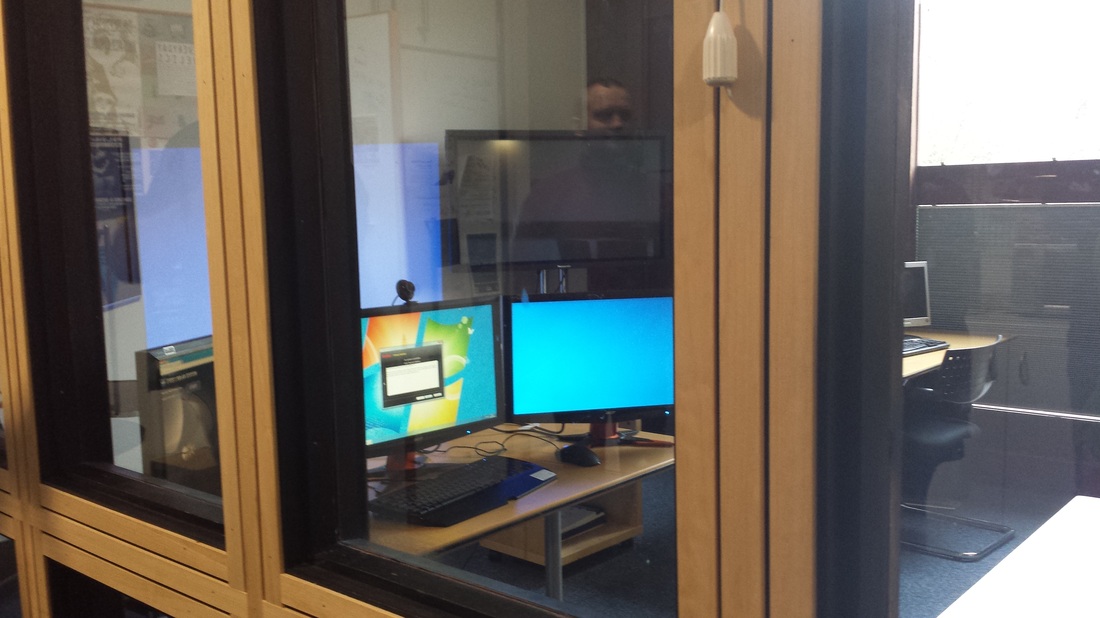
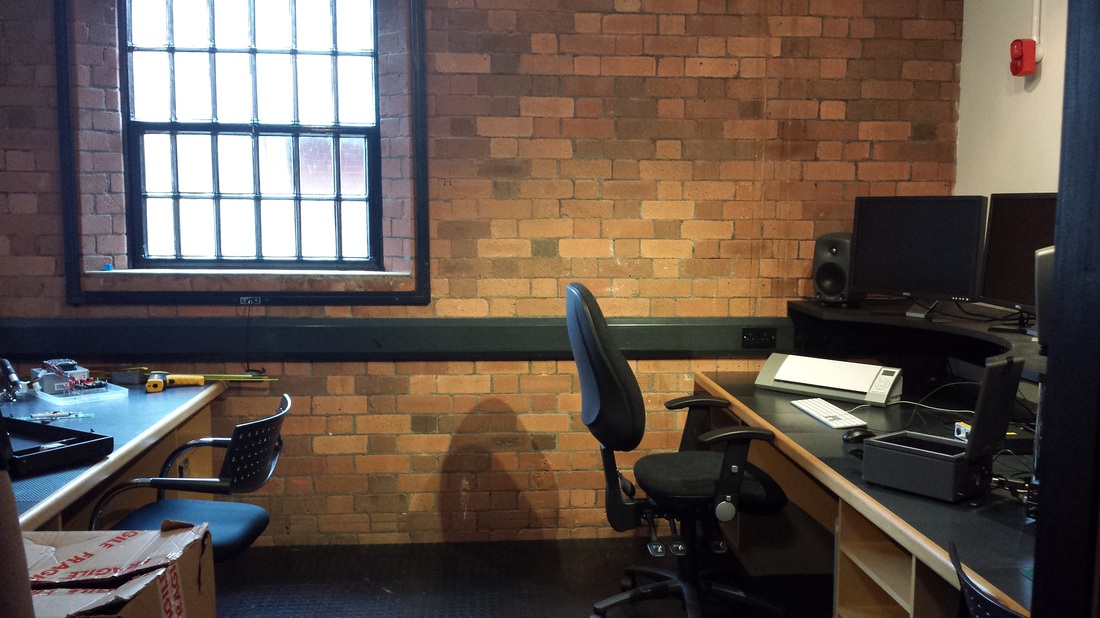
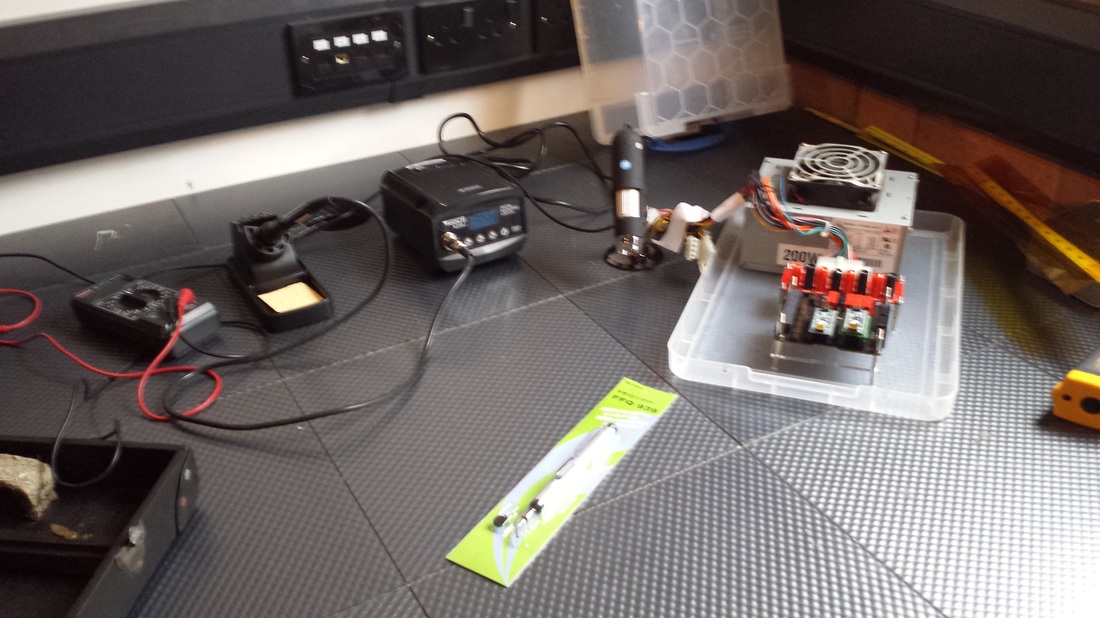
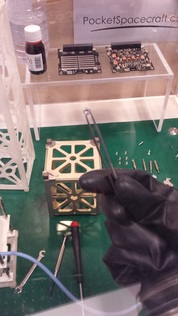
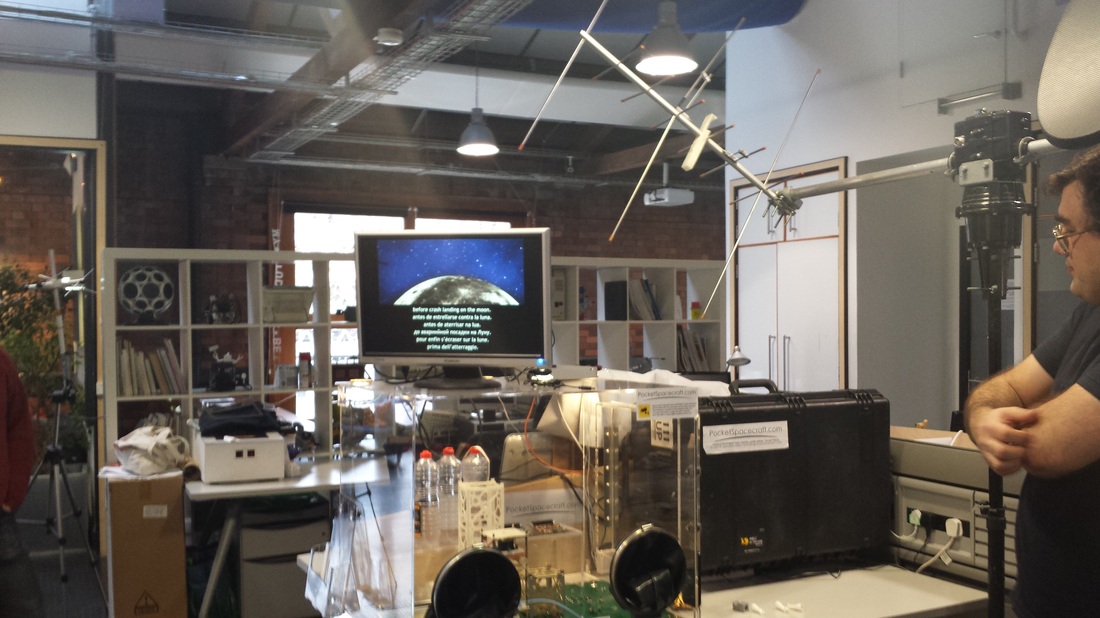
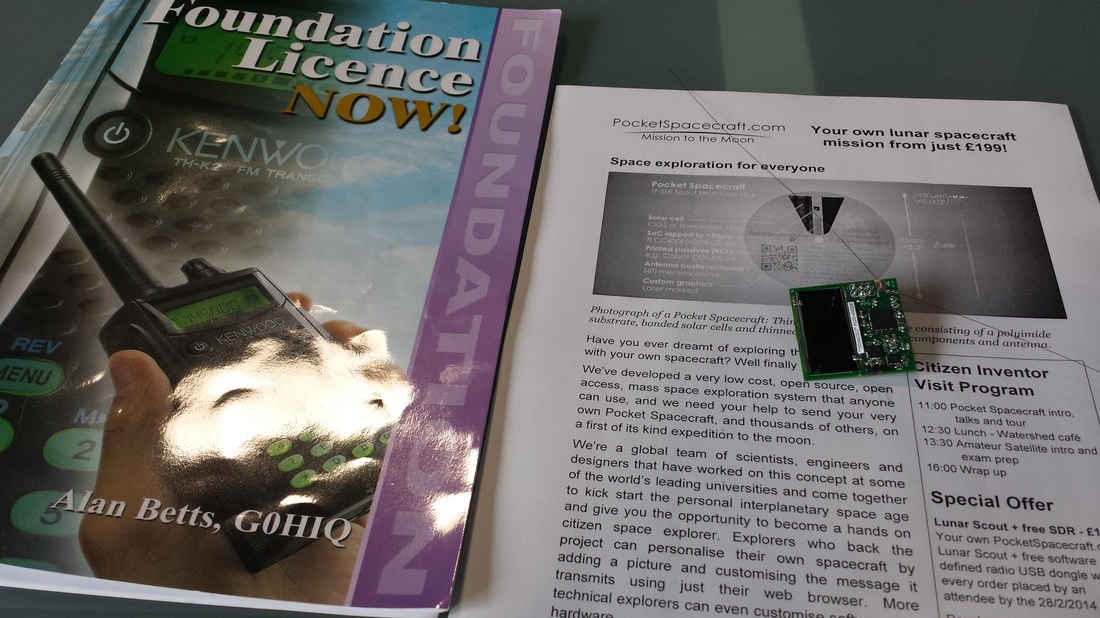
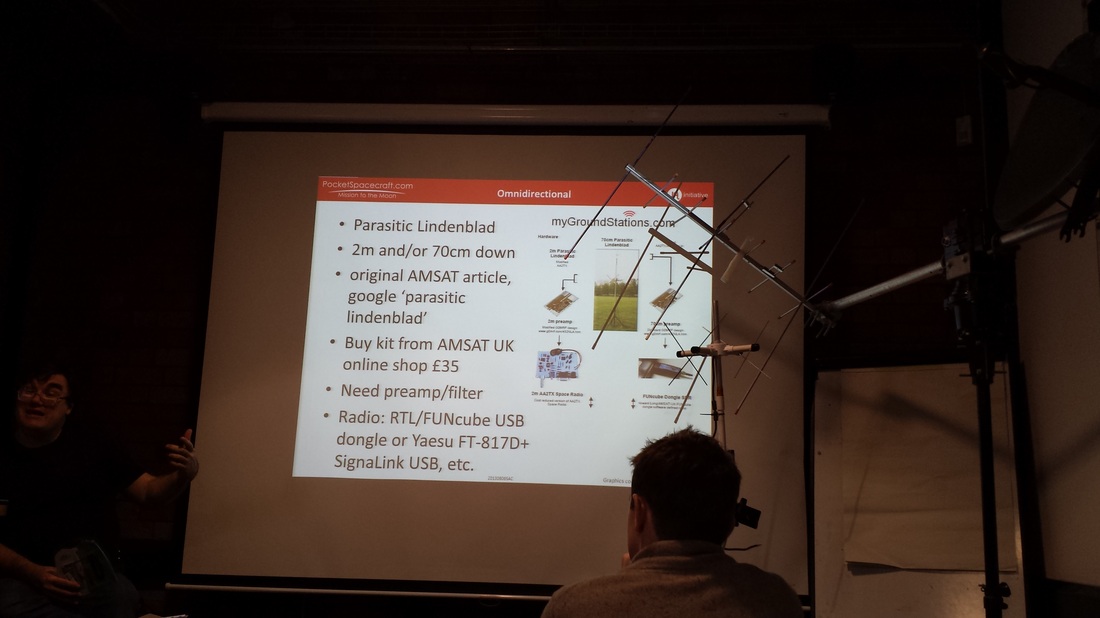
 RSS Feed
RSS Feed
